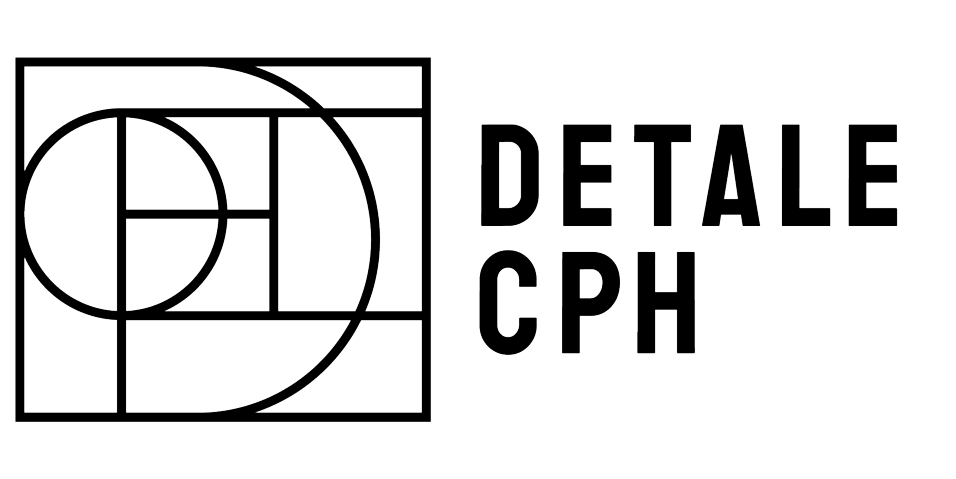About Flügger / Facts & History of Flügger
Facts about Flügger group A/S
Flügger group is an international group based in the Nordic region. The annual turnover is approximately DKK 2,200 million. The company is listed on the stock exchange and has approximately 1,600 employees.
With roots dating back to 1783, Flügger was originally family-owned. Flügger is currently listed on the stock exchange, but the Schnack family, with Ulf and Sune Schnack, are still the main shareholders. Ulf Schnack took over management from his father in 1970, and since 1st of April 2021, Sune Schnack has been CEO.
Read more less
Flügger designs and markets a wide and coordinated range of professional grade decorative paints, wood preservatives, spackling paste, wallpaper, and painting tools. We sell our products through the retail chain Flügger Farver with a total of 231 company-owned stores spread across the Nordic countries, Eastern Europe, and China.
Flügger is the market leader in Denmark. In addition to the well-known Flügger products, the Unicell Nordic sales unit supplies other products to both grocery stores and home improvement stores. In Denmark, Flügger also owns and runs the wholesale chain PP professional paint A/S, and in 2019 Detale CPH ApS became part of the Flügger family as well.
In November 2019, Flügger acquired 60% of the shares in Unicell Poland Sp. z. o. o. – a paint manufacturer with headquarters in Wasilków, Poland. The majority of Unicell’s products are sold to distributors, home improvement stores and other retailers. Unicell Poland employs approximately 200 employees and has an annual turnover of approximately DKK 145 million. The acquisition is in line with Flügger’s strategy of growth through acquisitions with a focus on emerging markets.
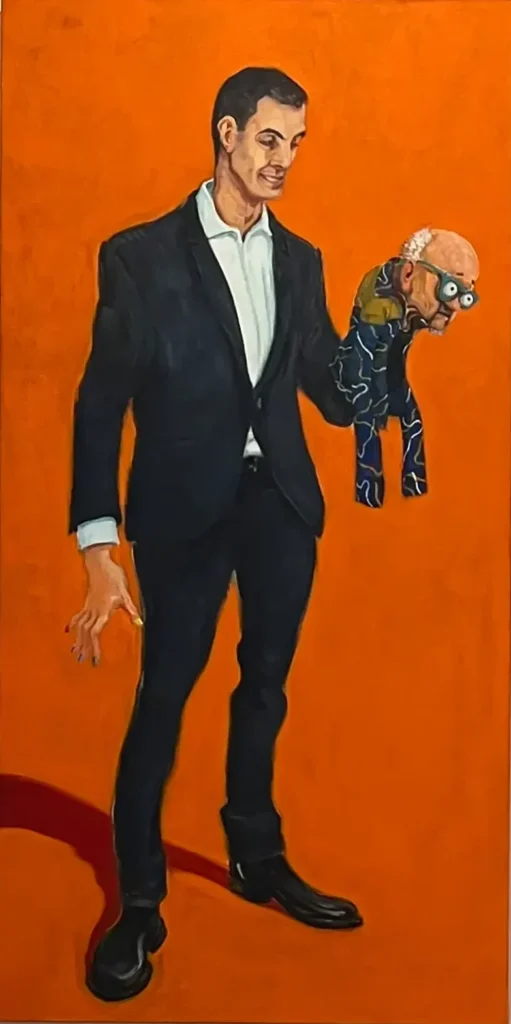
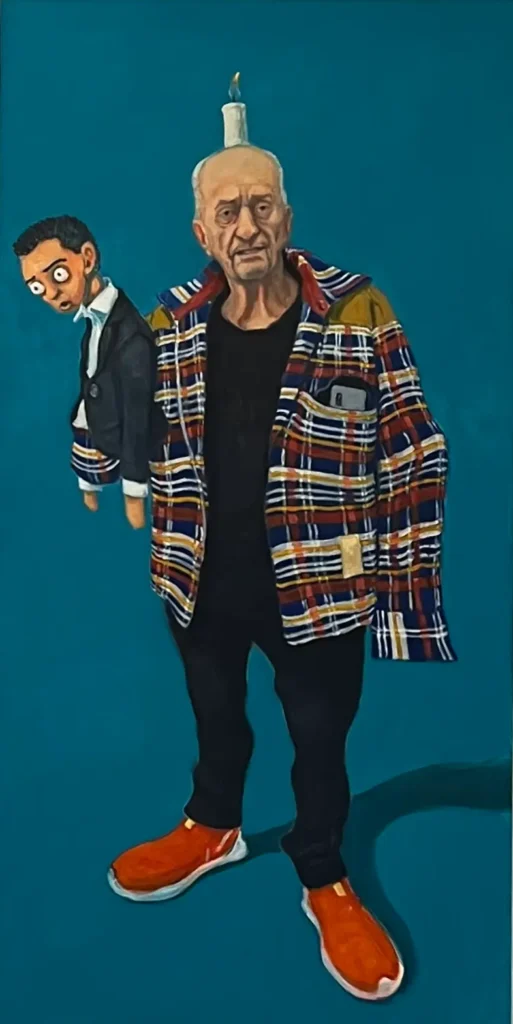


The Factories
Flügger group A/S has a total of 7 factories in 4 countries that produce tools, paint, etc. Our paint factory in Kolding from 1970 is the oldest we have.
Denmark
Millions of litres of paint are produced in Kolding every year.
The factory in Kolding produces approximately 30 million litres of water-based paint, wood protection and wallpaper adhesive per year.
Poland
Gdansk
In Gdansk, Poland, Flügger produces wallpaper and felt, as well as smaller quantities of paint. The factory was operational in 2010.
Wasilków
Unicell has a factory in Wasilków, where water-based indoor and outdoor paints are produced.
Sweden
Three smaller Swedish towns each accommodate their own Flügger factory.
Bollebygd
The facility was inaugurated in the summer of 2021, and now produces the equivalent of 27 million liters of spackle annually.
Bankeryd
In Bankeryd in central Sweden, our factory which produces paintbrushes, bristles and rollers is located. Most are manufactured by machine. However, some of our brush types are assembled by hand to ensure the right quality.
Bodafors
At the factory in Bodafors in central Sweden, we produce plastic handles for brushes, rollers and spackle knives. This is also where we manufacture other plastic components such as lids and packaging.
Ukraine
Odesa
At the factory in Odesa, Eskaro produces water–based indoor paints and primers.
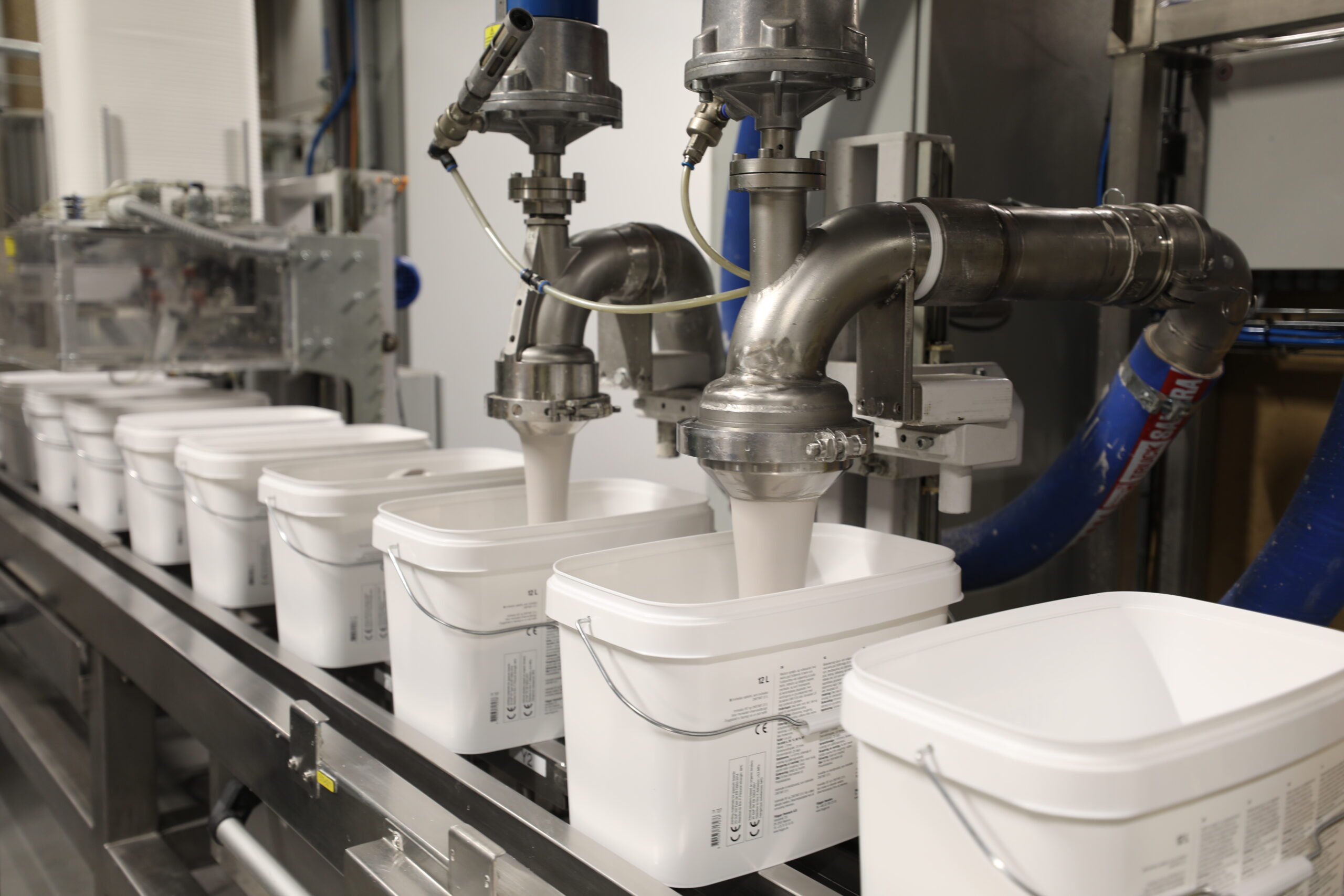
The History of Flügger
2024
Flügger with a new strategy
“Flügger Organic – Delivering sustainable value” is the name of Flügger’s new three-year strategy plan. The strategy focuses on the professional painter and organic growth.
Read more less
In the new strategy, Flügger Organic, the basic attitude of being a ‘co-creator of a greener industry’ is continued, which has applied to Flügger since its origins with water-based paints.
In addition, the strategy will clarify Flügger’s position in the market with commercial options and opt-outs with the ambition of organic growth that contributes to an overall increase in profitability.
Flügger Organic consists of five strategic areas:
‘The Nordic Region’, ‘International’, ‘Brand’, ‘Simplification’ and ‘Resilience’.
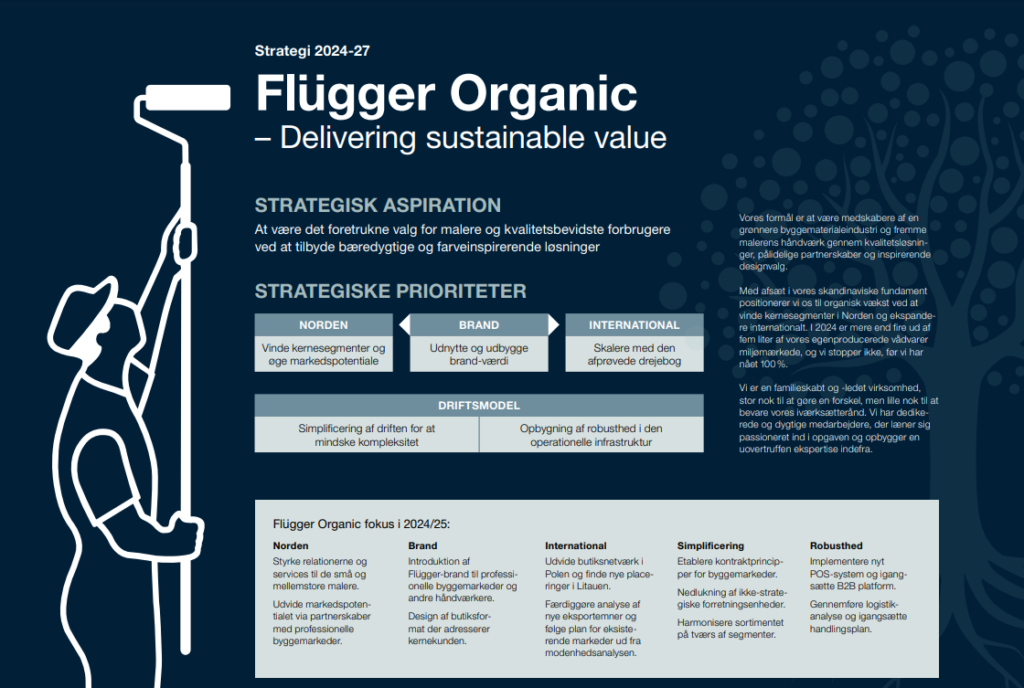
2021
Flügger – New management
Sune Schnack, son of Ulf Schnack, took over as CEO on 1st of April 2021 when Jimmi Mortensen chose to resign from the position.
Read more less
After significantly increased sales in the first half of the financial year and continued revenue growth in the following months, Flügger raises its expectations for the top and bottom line for the 2020/21 financial year in February for the fourth time.
The earnings expectations are raised to DKK 215-235 million, corresponding to an EBIT margin in the range of 10-11%, which is close to doubling the original expectations announced in June 2020. At the same time, the expectations for revenue are adjusted upwards to the range of DKK 2,100 – 2,150 million.
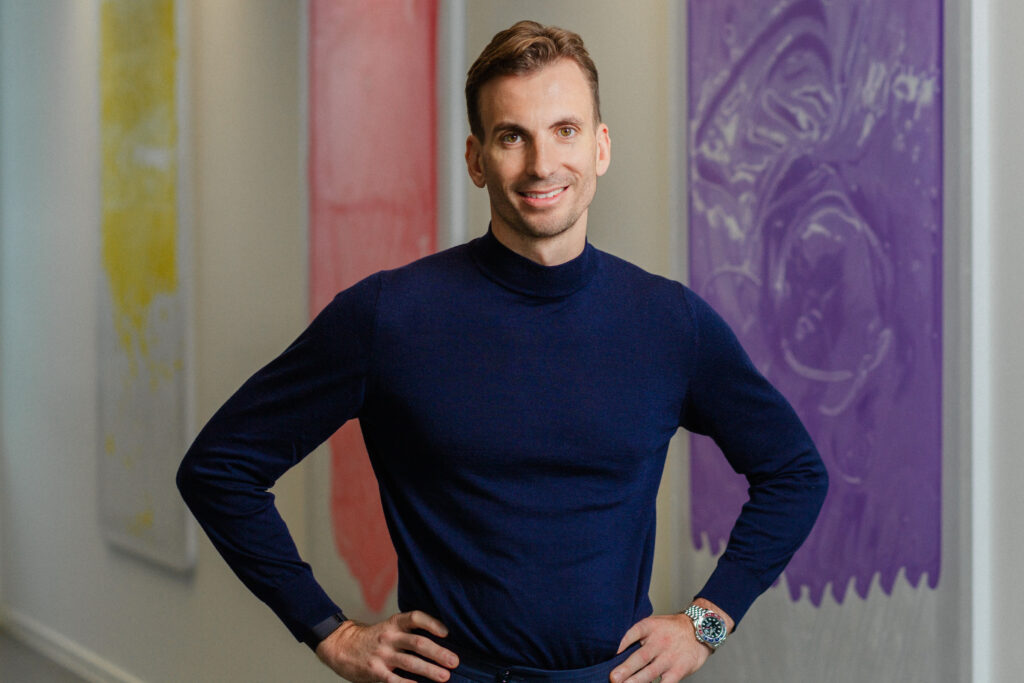
2020
Flügger revises financial expectations upwards three times and launches updated strategy
The world is affected by the corona pandemic, which creates uncertainty about access to raw materials, procurement patterns, conditions for retail, etc.
Read more less
However, Flügger is experiencing a significant increase in customer traffic – especially in the Danish and Swedish markets – with an increase in sales to both private customers and professional painters. At the same time, the group’s earnings are significantly improved. The positive results are due to several factors, including an increase in the number of renovation projects initiated during the COVID-19 pandemic, positive impact from the acquisition of paint manufacturer Unicell in November 2019, and effective cost management.
Flügger is therefore raising its expectations for both revenue and earnings for the fiscal year 2020/21 in both August, October, and November 2020. The earnings expectations are raised from ~DKK 120 million to DKK 200-215 million. This corresponds to an increase in the EBIT margin from ~6% to ~10%, which is close to doubling the original expectations announced in June 2020. At the same time, the revenue expectations are revised upwards to the range of DKK 2,050-2,080 million from the original ~DKK 2 billion.
In the summer of 2020, the management of Flügger launches the Going Green strategy. The strategy consists of six focus areas that will create the foundation for further growth and for Flügger to continue to invest in new value-creating initiatives for the benefit of customers, shareholders, and employees. As part of the strategy, Flügger has additionally set goals for sustainability in both the short and long term.
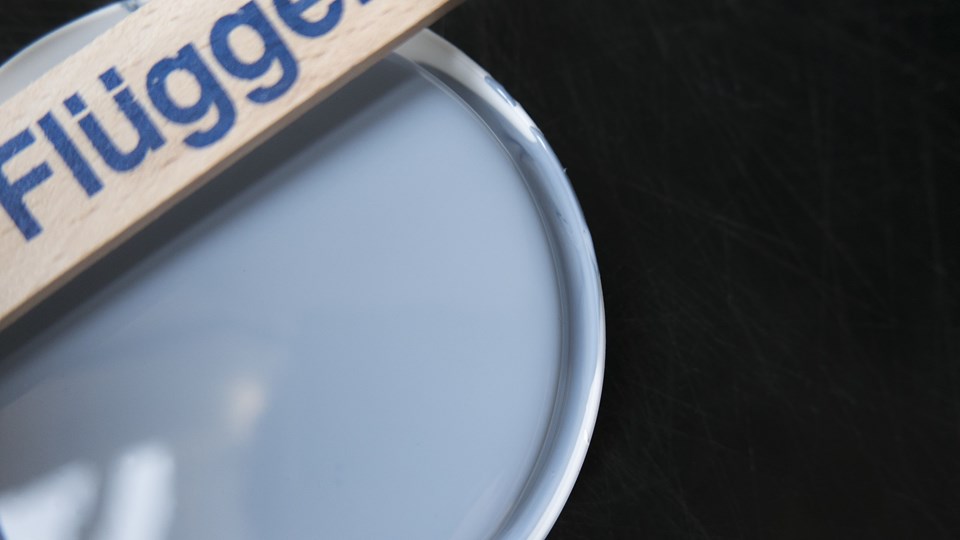
2019
Flügger acquires the majority of shares in paint manufacturer Unicell
In November 2019, Flügger concluded an agreement to acquire 60% of the shares in Unicell Poland Sp. z.o.o., a paint manufacturer with headquarters in Wasilków, Poland.
Read more less
The majority of Unicell’s products are sold to distributors, home improvement stores and other retailers. The company employs approximately 200 people and has an annual turnover of approximately DKK 145 million.
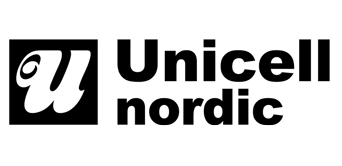
2017
Flügger launches new strategy and new values
In the autumn of 2017, Flügger’s management launches the strategy Securing the Legacy and the values of Team, Time, and Trust.
Read more less
The focus is on generating profitable growth and efficiency – without compromising the company’s DNA and the quality, passion, and creativity that has been built up over generations. During the first year after the launch of the strategy, the initiatives already bear fruit, and the results are visible on the bottom line, which is enhanced.
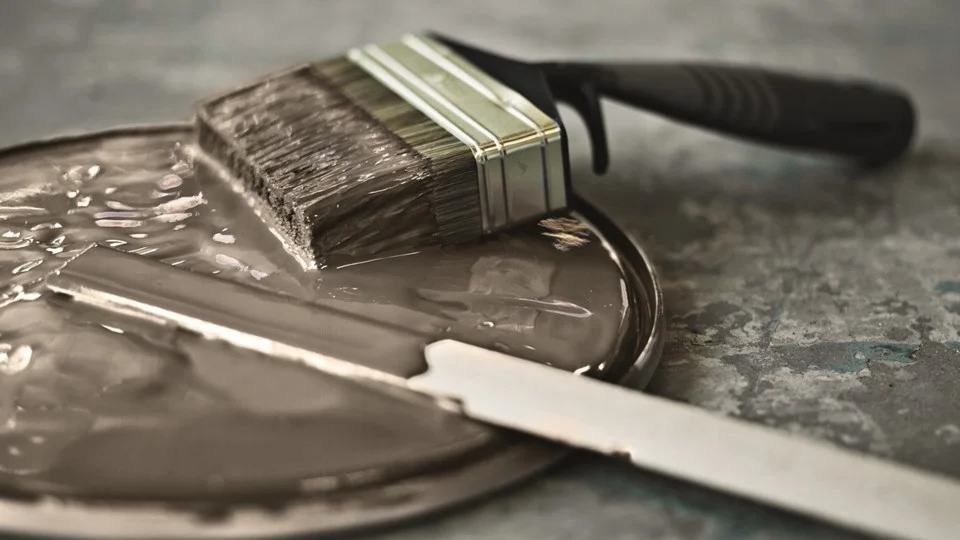
2014
Flügger – New management
In the spring of 2014, a new CEO acceded, and despite a high level of ambition, he experienced stagnant turnover and sharply declining earnings, primarily due to problems with a new IT system in 2015.
Read more less
In August 2016, Jimmi Mortensen took over as the new CEO and initiated a clean-up of internal processes as well as consolidation of the store network and product assortment.

2010
Flügger after the financial crisis
The 2009/10 fiscal year was a positive surprise. The net turnover fell by only a few percent, and EBIT was just over DKK 100 million compared to expectations of half that amount.
Read more less
In the light of the above, the group chose to continue the strategy of organic growth established by expanding the store network in Scandinavia as well as in Poland and the Czech Republic.
However, a weak sales trend in Denmark (which has traditionally been the group’s cash cow), significantly increased cost of raw material, and significantly increased distribution costs, resulted in that expectations for the bottom line – i.e. EBIT – in recent years have not been met despite a positive sales trend.
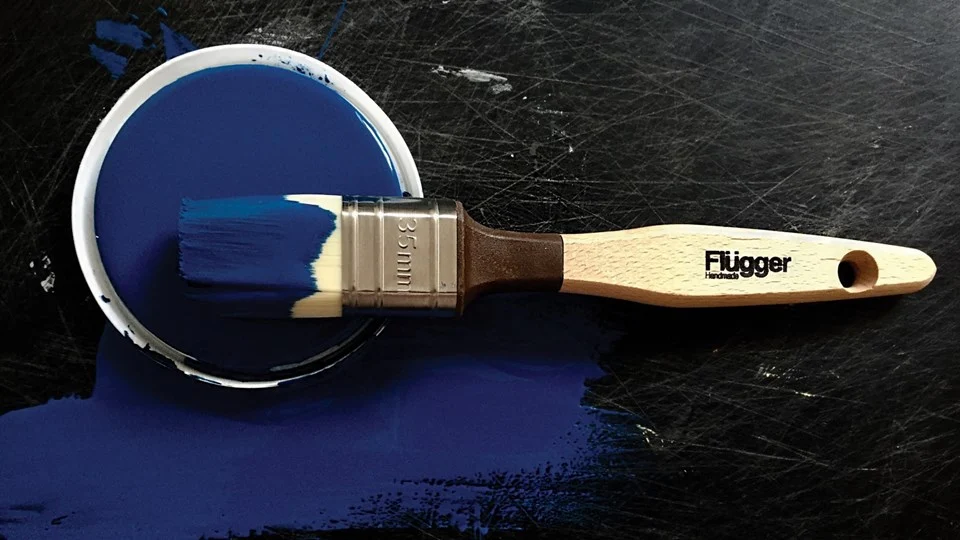
2007
Flügger invests internationally
A strategy is laid out in 2007 towards 2010, which involves a continuation of the expansion of the number of Flügger Farver stores in Scandinavia. At the same time, Poland and China are being targeted.
Read more less
These markets will sustain the growth once the group has achieved its goals in Scandinavia. As can be seen from the following, the expectations were met in the short term, until the financial crisis impacted the group at the turn of the year 2008/09.
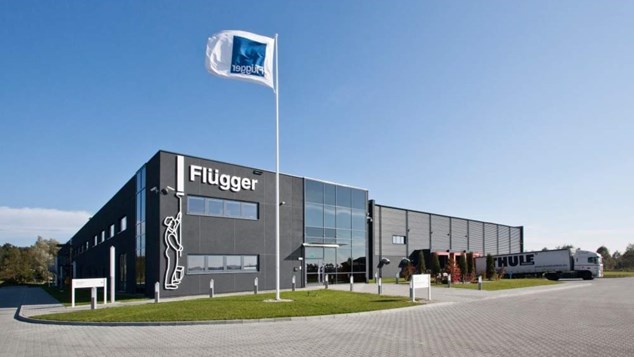
2004
Flügger focuses on organic growth
After a few years of satisfactory profits but stagnant net sales, it was decided to prioritize the revenue again. The company chose to acquire the leading paint manufacturer in Iceland and prioritized the expansion of the Flügger Farver chain, primarily in Norway and Sweden.
Read more less
The strategy for the next three years, i.e. until 2007, met the expectations set.
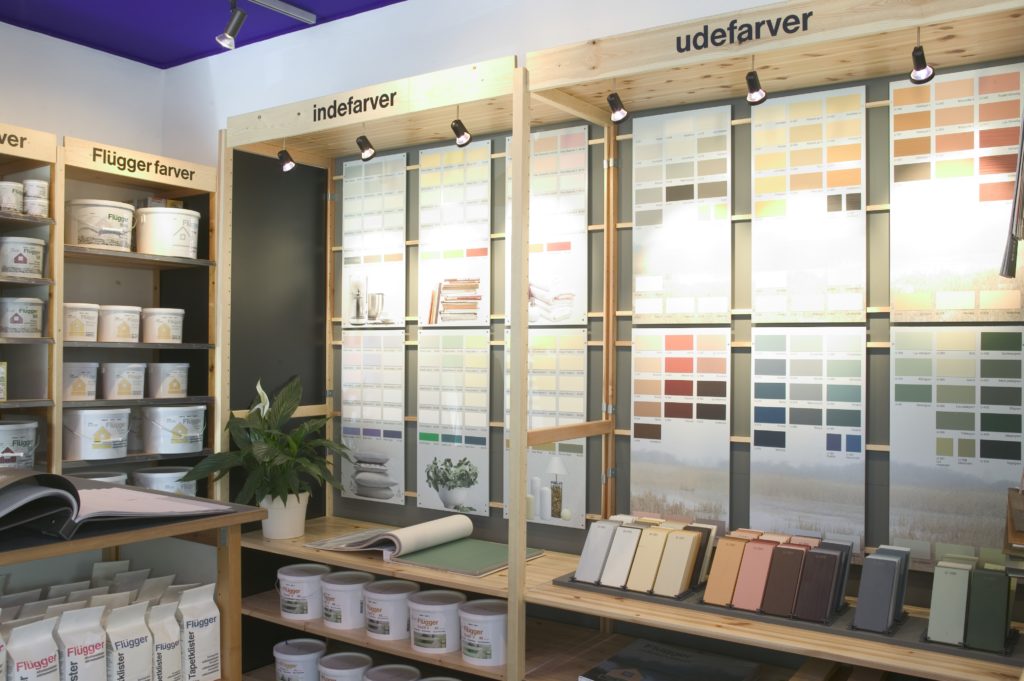
1999
Flügger prioritizes the bottom line
In the fiscal year of 1998/99, things did not go so well for the group. The top line – i.e. net turnover – fell by approximately 2% to DKK 1,012 million, and the bottom line – i.e. primarily the operating profit EBIT – also took a dive to DKK 30 million.
Read more less
As a consequence of this development, a strategy was set: The group’s profitability had to be re-established, as shown by the developments in the following years.
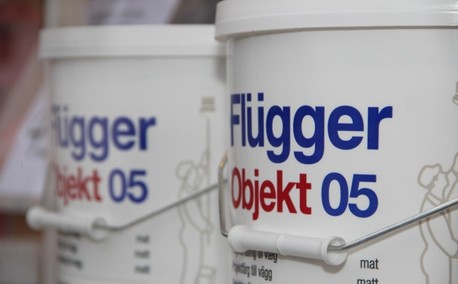
1994
Flügger focuses on Scandinavia
At the turn of the year 1993/94, Sweden’s third largest paint factory, HP Färg & Kemi AB, was acquired, which has since changed its name to Flügger AB. HP’s Norwegian company was merged with Flügger Norway, and the Danish subsidiary PP Mester Maling continued as an independent company in the group.
Read more less
In the following years, the Flügger group aims to become one of the main suppliers of decorative paints in Scandinavia. In Norway, a small chain of paint retailers is acquired. In Denmark, a wholesaler in northern Jutland is obtained, and in Sweden, AdeKema – a manufacturer of cleaning products – is acquired. The group chooses to expand the Swedish central warehouse near Gothenburg with 11,500 pallet unit spaces.
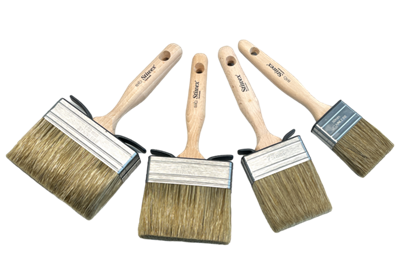
1983
Flügger becomes listed on the stock exchange
A planned IPO of Flügger in 1978 is postponed until 1983 due to a major fire at the company’s factory in Kolding.
Read more less
The introductory stock price was DKK 875 per share, equivalent to DKK 52 per share today, considering the issuance of bonus shares and the non-dilutive secondary offerings.
With the profits from the IPO – DKK 42 million – Flügger is diversifying. Denmark’s largest wallpaper factory, Fiona in Faaborg, is acquired, and Denmark’s only sandpaper manufacturer, Dragon in Maribo, also becomes part of the group. In Sweden, Stiwex brush and paint tool manufacturer is acquired as well as Fobo brush factory.
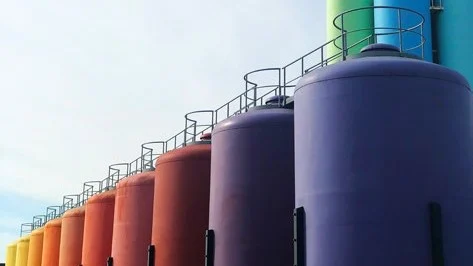
1975
Flügger begins offering products to private customers
Until 1975, Flügger was known as the main supplier to the painting trade. Sales to private customers were not part of the business. But in 1974, the year after the first economic crisis, the painting trade and Flügger experienced a dramatic downturn, which resulted in the creation of the “Flügger Farver” retail chain.
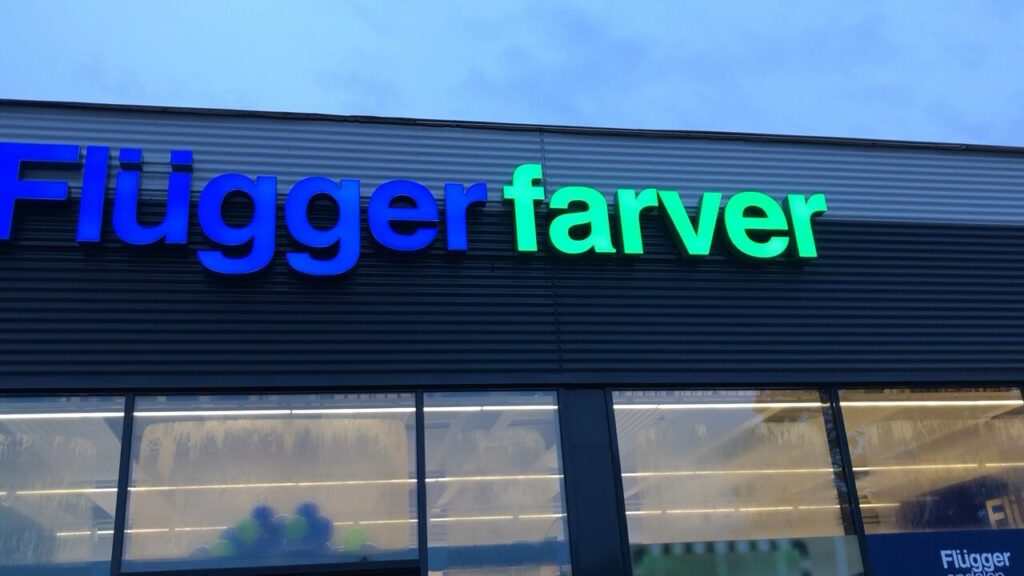
1970
Flügger builds a new factory
During the 60s, the site in Rødovre was fully utilized, which necessitated the establishment of a new factory in Kolding in 1970. Flügger decided that the new production facility was designed solely to produce aqueous, environmentally friendly decorative paint.
Read more less
In 1970, Flügger was converted into a publicly listed company with the next generation, the son Ulf Schnack, as CEO. The share capital corresponding to the equity amounted to DKK one million.
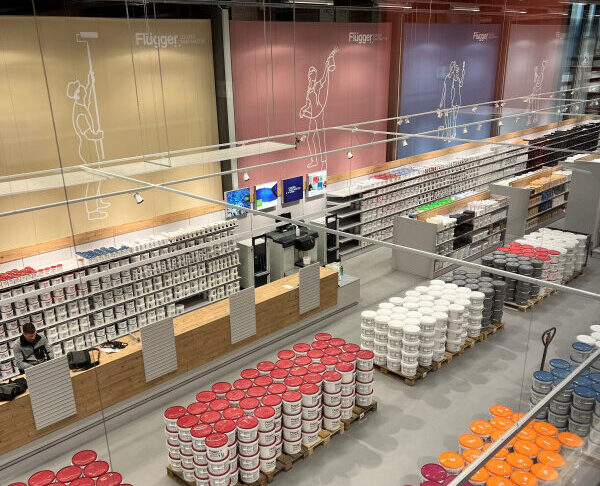
1958
Flügger commences production
On the 1st of April 1958, the company relocated from the centre of Copenhagen to a new factory and administration facility in Rødovre. It was Ulf Schnack who, as a 22-year-old newly graduated chemical engineer, was responsible for the development and production of decorative paint of professional grade quality.
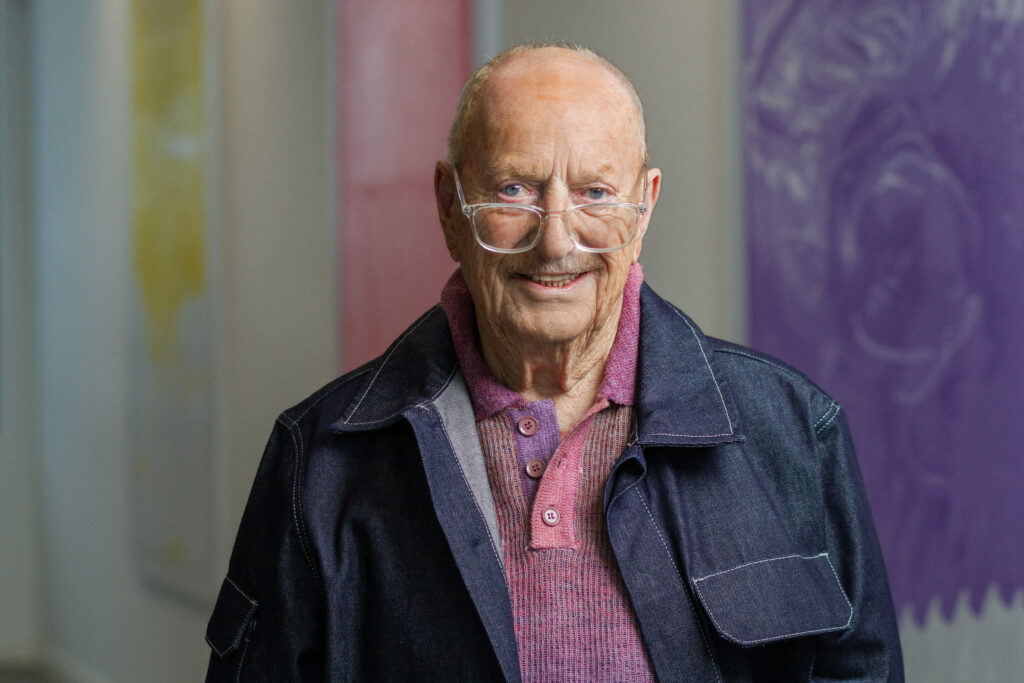
1948
Flügger becomes Danish-owned
After the Second World War, all German property in Denmark was seized by the Danish State as war reparations. After a few years, the state chose to sell the company through a commission sale. It was Michael Schnack, the company’s Danish manager, who acquired the company with the support of four major painting companies.
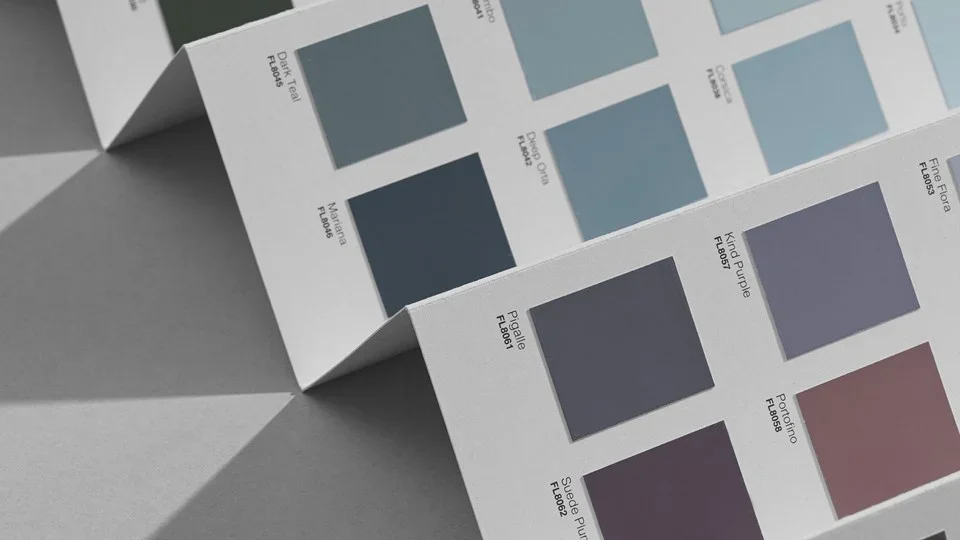
1890
Flügger launches in Denmark
On the 1st of November 1890, the German parent company established a branch in Denmark. This occurred after the parent company in Hamburg had established sales to professional painters in Denmark, to whom they wanted to provide local service.
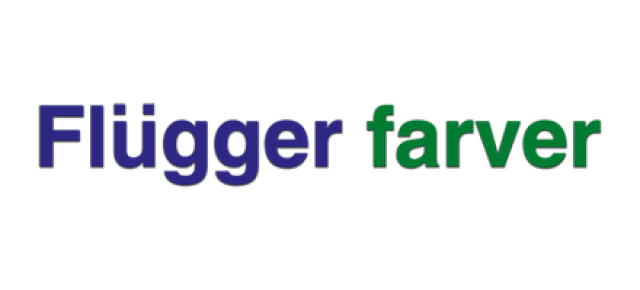
1783
Flügger starts up in Hamburg
In 1783, Daniel Flügger founded the company. His son, Joachim Daniel Flügger, took over the company in 1816 and continued it in his name: J. D. Flügger, Farben & Lackfabrik, Hamburg. The company was managed by four generations of the Flügger family until a voluntary liquidation in 1973.
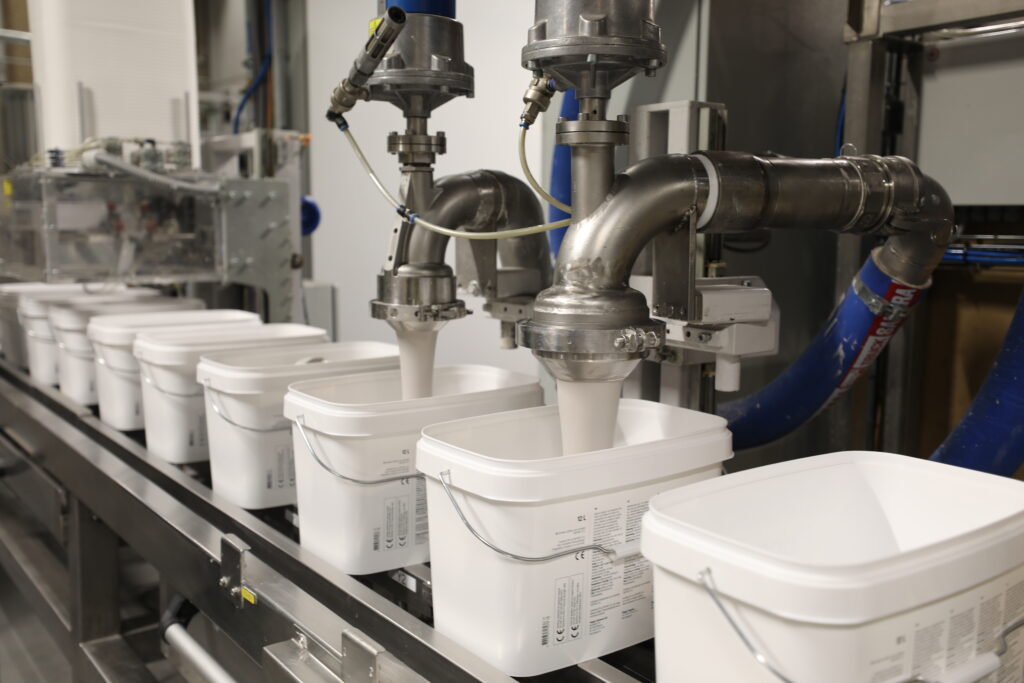
Brands and Labels
Flügger
The Flügger brand is the group’s largest brand. The extensive product range includes decorative paints, wood preservatives, spackling paste, glues, adhesives, wall papers, sanding materials, brushes, tools, and cleaning products. The product range is based on many years of craftsmanship and experience. Flügger produces all essential goods ourselves, and the products work best when used with other Flügger products.
Visit our extensive product universes at www.flugger.dk.

Unicell Nordic
Unicell Nordic is a sales unit that delivers high-quality products at competitive prices to a broad customer segment, which includes professional painters, paint retailers, department stores and grocery stores.
The product range includes paint, painting tools, wallpaper, sanding, and cleaning products. In addition to a number of tailor-made private label products, Unicell Nordic carries the brands Yunik, Stiwex, and Fiona.
Unicell Nordic is a supplier to our paint retail chain PP professional paint, which specializes in a narrow and focused product range for professional painters.
In addition to the mentioned brands, which are all produced by Flügger, Unicell Nordic sells a number of commercial goods that has been selected by Unicell Nordic’s trade specialists – based on extensive market knowledge.

Yunik
Yunik offers a complete range of paints and spackle pastes for all types of surfaces for indoor and outdoor use.
Visit www.yunik-maling.dk.
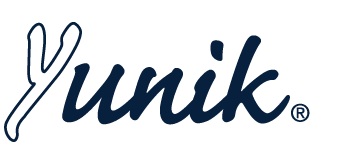
Stiwex
Stiwex manufactures painting tools and cleaning utensils. The product range is particularly strong in paint brushes, rollers, bristle brushes, spackle knives, and wallpaper tools.
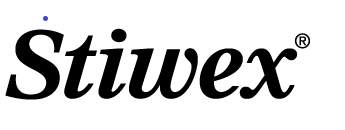
PP professional paint A/S
PP professional paint A/S is a Danish chain with 8 wholesale centres, which since 1981 has sold a narrow and focused product range for the professional and price-conscious painter.
Visit www.pp-professionalpaint.dk.
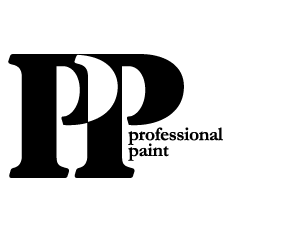
DETALE CPH
In May 2019, DETALE CPH became part of Flügger, and the popular coloured spackle paste is now sold in Flügger stores in Denmark, Sweden, and Norway. DETALE CPH has existed since 2014 and has been on an exciting journey since then. The products are available in several textures and in up to 37 colours.
Visit www.detalecph.com.
